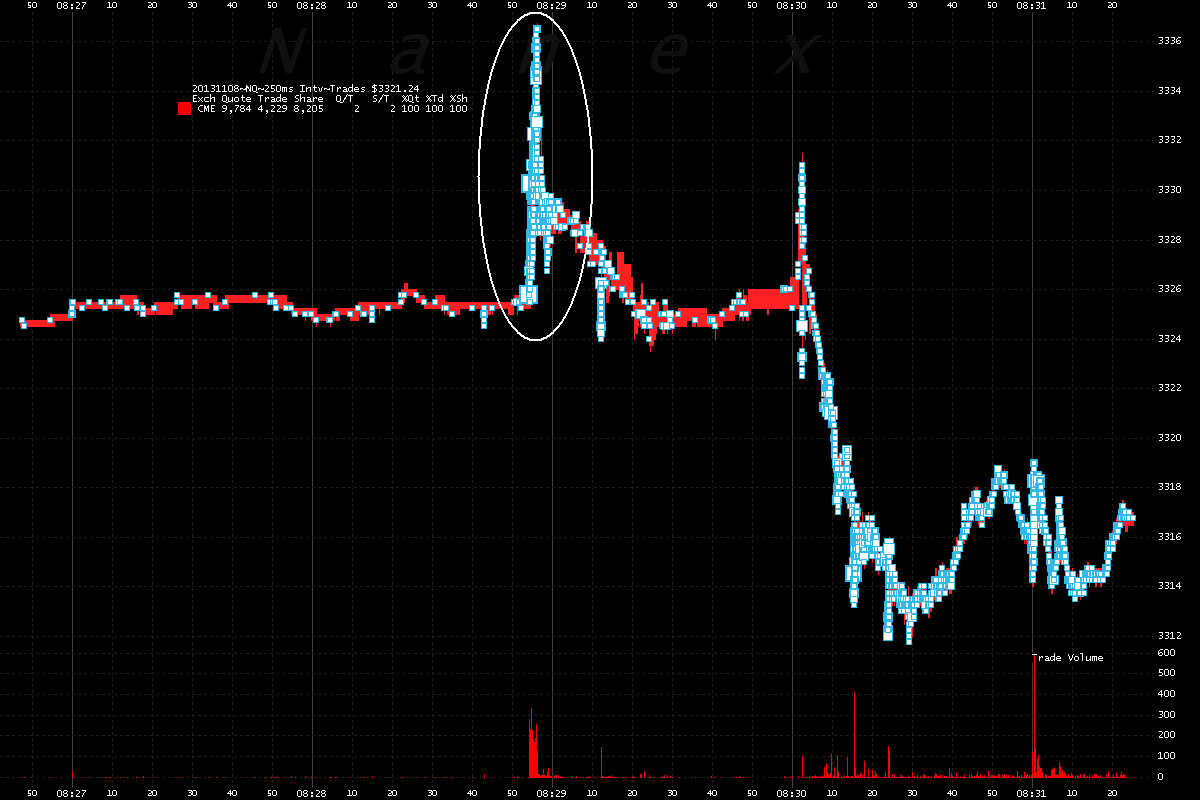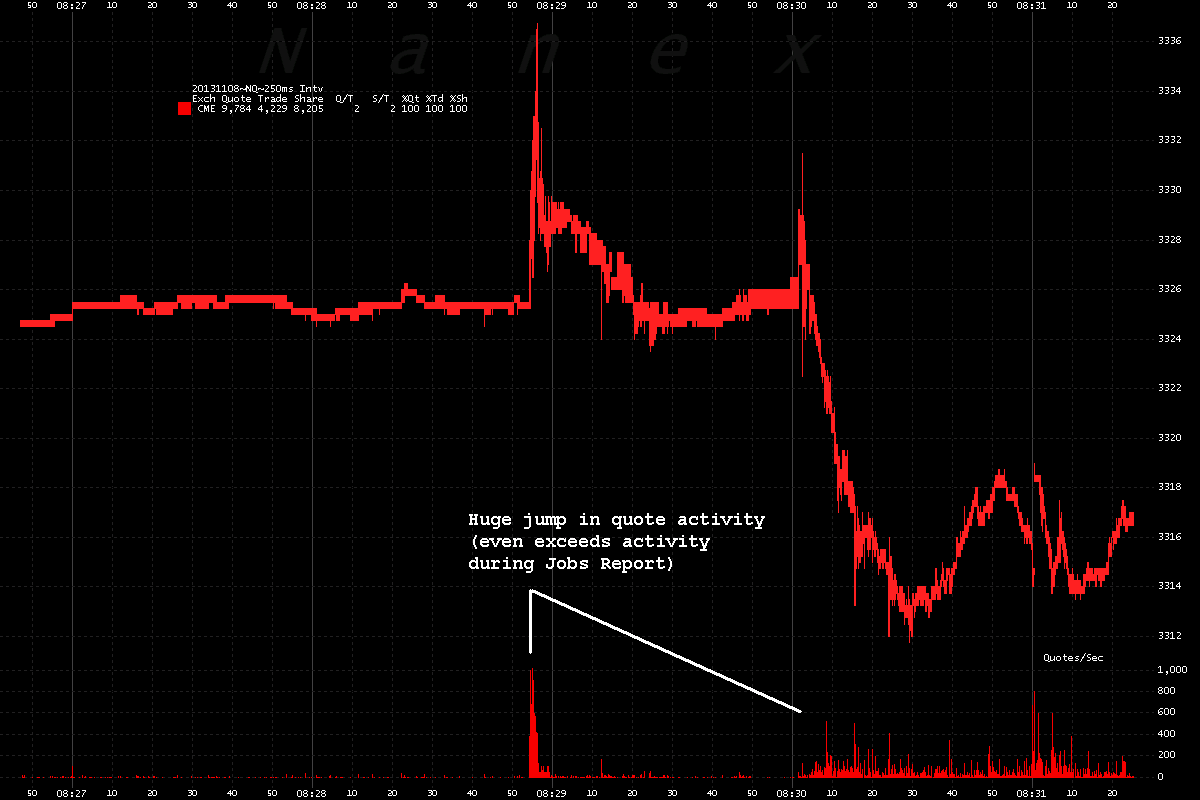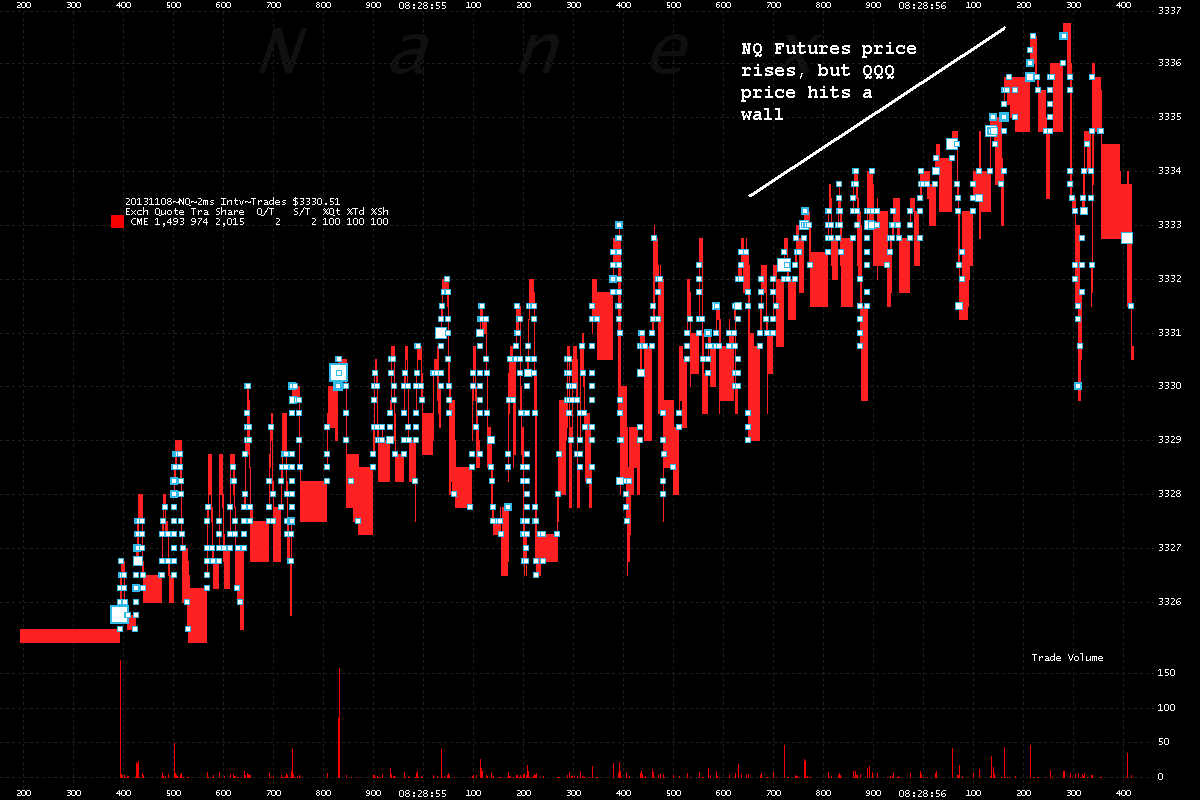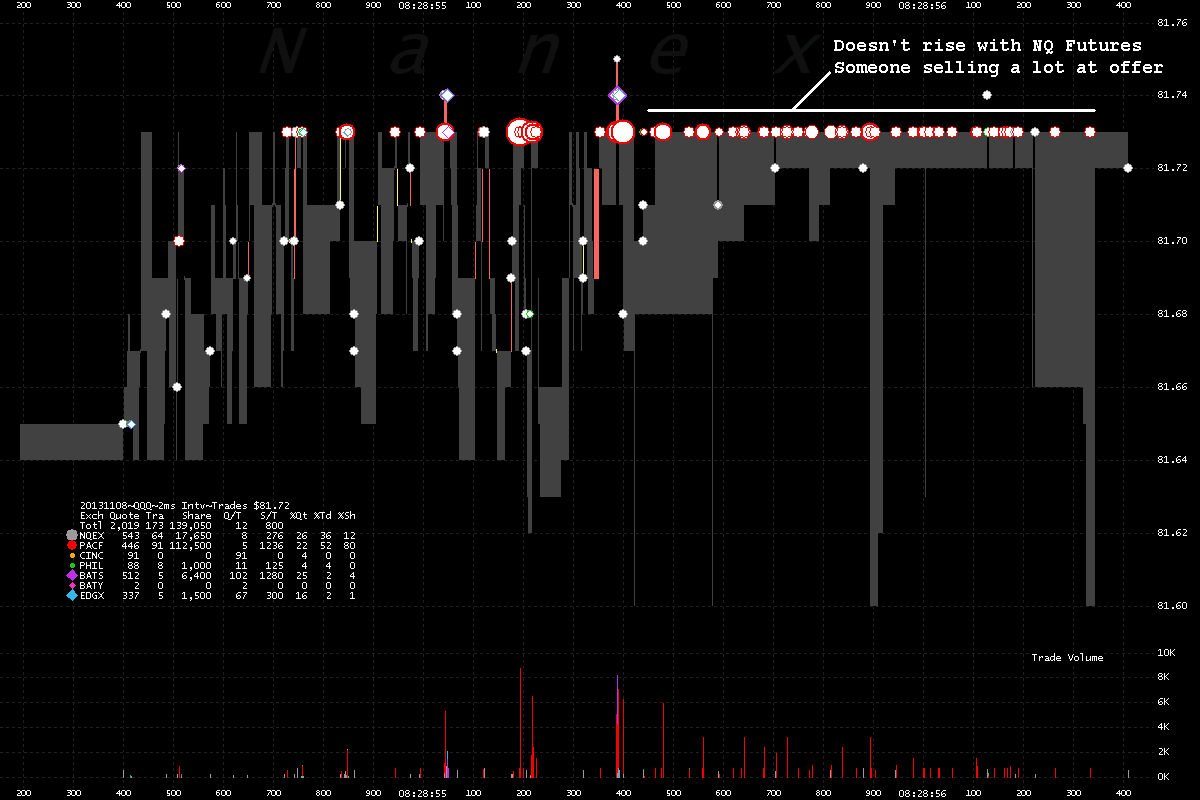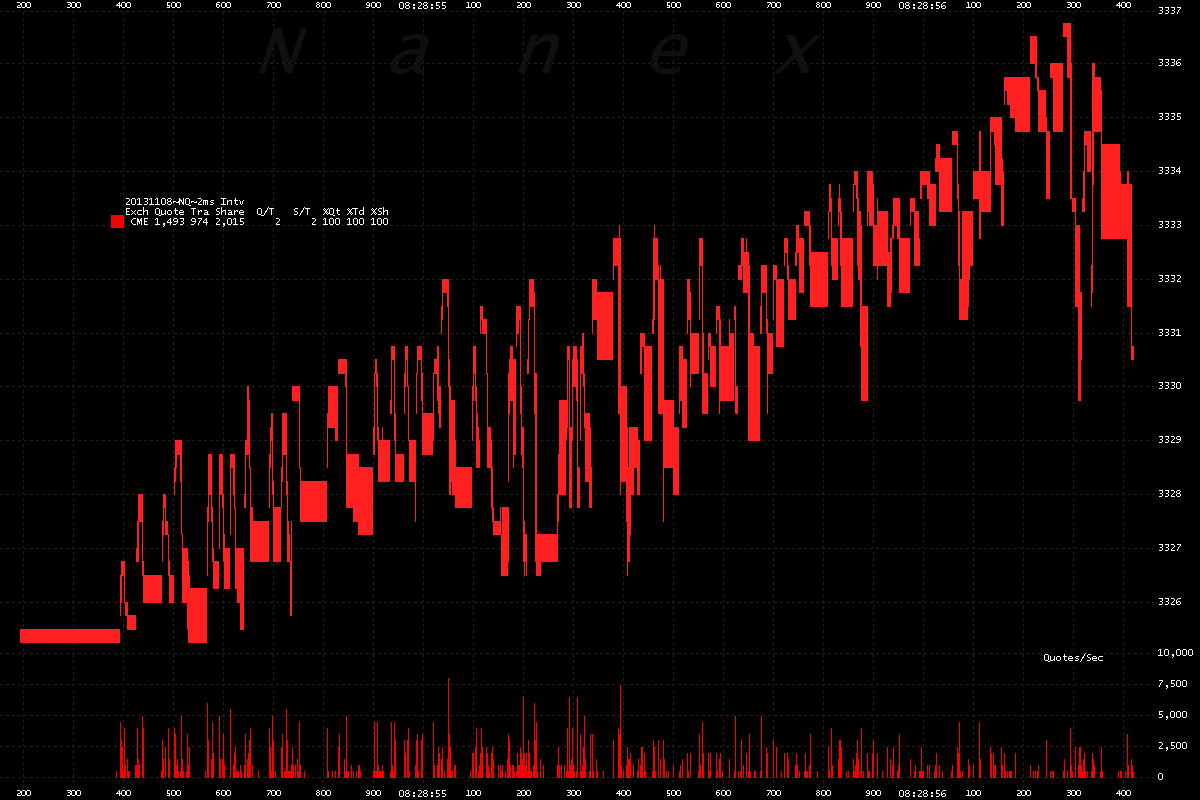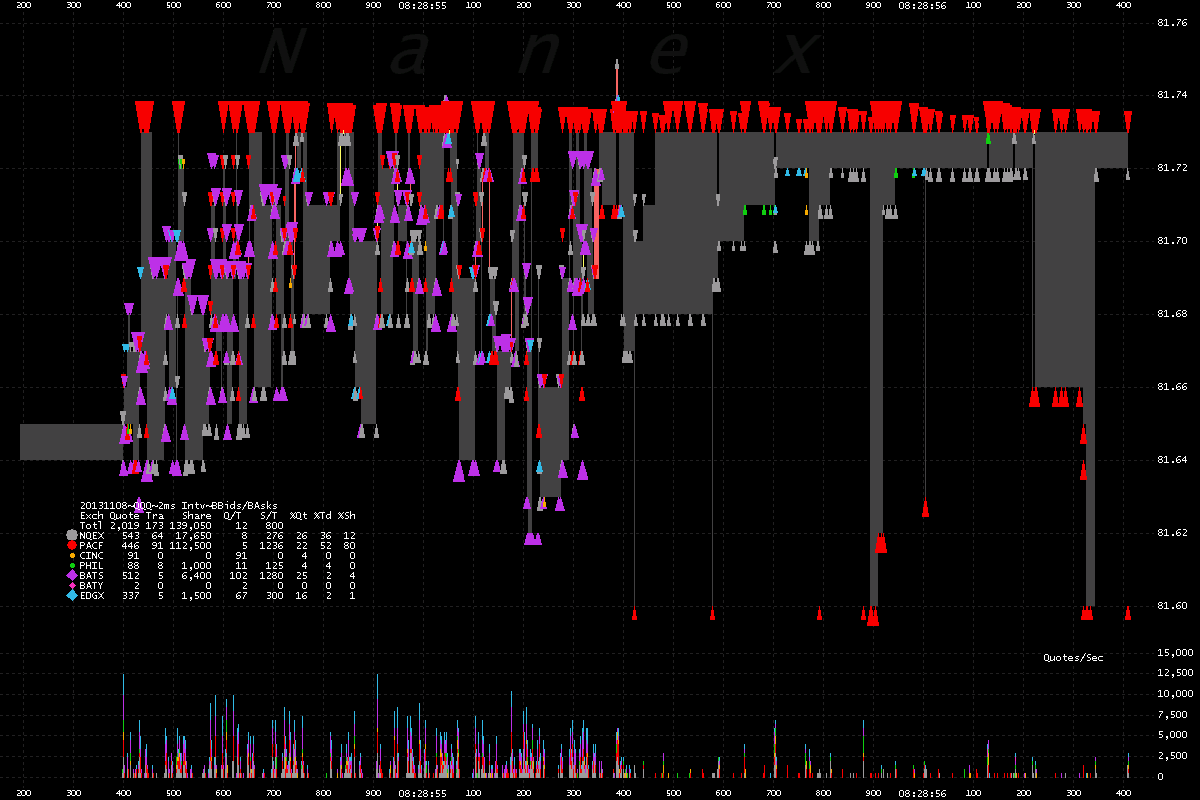Reforms are the only way to avoid systemic crisis, rebalance the economy, and unleash growth potential. Barclays notes that government, SOE, factor price and fiscal reform are most needed, though progress is likely to be faster on financial, tax and social security reform. Hopes are high, raising the risk of disappointment, but most think the government will try to meet expectations. History shows that economic growth tends to be lower after major third plenum meetings. This is because structural reforms, while good in the longer term, tend to slow growth in the near term. In advance of its release, the Development Research Center of the State Council, China’s official think tank, presented its own reform proposal – the so-called “383 plan” – which offers a glimpse of the direction that the reforms will take.

Authored by Andrew Sheng and Xiao Geng, originally posted at Project Synidcate,
At the Third Plenum of the 18th Central Committee of the Chinese Communist Party, currently under way in Beijing, President Xi Jinping is unveiling China’s reform blueprint for the next decade. In advance of its release, the Development Research Center of the State Council, China’s official think tank, presented its own reform proposal – the so-called “383 plan” – which offers a glimpse of the direction that the reforms will take.
The need for reform in China is well documented. In order to escape the so-called “middle-income trap” – when a developing economy’s growth levels off, instead of advancing to high-income status (defined in July 2013 by the World Bank as per capita income of at least $12,616) – the underlying structural problems of China’s economy must be addressed.
And the pressure is on. With per capita income of more than $6,000, Chinese are becoming more demanding, insisting on safe food products, clean air, transparent government, affordable housing, quality education, social security, and equal opportunities. At the same time, international calls for China to assume the responsibilities of a major power – not only in areas like trade and investment, but also on issues like environmental protection and global governance – are growing louder.
But the kind of deep and comprehensive reforms that China needs are always difficult to implement, given that they necessarily affect vested interests. In order to win public support for reforms, thereby maximizing the chances of success, the government must offer clear, accessible explanations of its goals. (Japanese Prime Minister Shinzo Abe’s bold economic-reform package, for example, is couched in terms of “three arrows” – namely, monetary and fiscal policy, and structural reform.)
The Research Center takes a holistic approach to the reform process, viewing it as both a systemic change and a change of mindset. Translating its proposals – which are as profound as Deng Xiaoping’s 1978 reforms – into simple, straightforward terms is no easy feat, but one that the 383 plan handles with relative deftness.
The “383” is shorthand for the plan’s content. First, the proposal describes the relationships between the Chinese economy’s three main actors: government, business, and the market. Second, it identifies eight key areas of reform: governance, competition policy, land, finance, public finance, state assets, innovation, and liberalization of international trade and finance. Third, it highlights three correlated goals: easing external pressure for domestic policy changes, building social inclusiveness through a basic social-security scheme, and reducing inefficiency, inequality, and corruption through major rural land reform.
The plan recognizes that reforms must be comprehensive, consistent, and concrete, with clear objectives, executable programs, and effective implementation capacity. At the same time, it accounts for the fact that relationships and perceptions cannot be changed overnight, and that rapid, sweeping transformation is not realistic in a country of 1.3 billion people.
In this context, the new free-trade zone in Shanghai – China’s most international city, with the most experienced and internationalist officials – is a breakthrough experiment in administrative reform and liberalization. The free-trade zone regulates foreign investment by using a “negative list” approach that identifies the fields in which foreign investment is prohibited or restricted, and thus subject to special administrative measures. This scheme alone is almost revolutionary, because it will allow foreign actors to help shape the Chinese state’s relationship with the market.
China’s leadership clearly understands that the economy cannot reach its full potential with central and local bureaucracies serving as substitutes for the market. In fact, a culture of adaptive experimentation and learning from local and international experience is already embedded in the Chinese bureaucracy and built into the planning, piloting, evaluation, fine-tuning, and roll-out of reform projects and programs. Effective implementation is reinforced through executive training programs for officials at all levels.
In the last few years, case studies conducted by Chinese authorities, with the help of academics and think tanks, have shown that the interface between state and market lies primarily at the municipal level, especially in the key sectors of industry, services, land, infrastructure, and finance. The studies also reveal that 17 Chinese cities, each with populations of more than three million, have already reached high-income status. These cities’ combined population stands at 155 million (11.5% of China’s total population), and their GDP amounts to $2.1 trillion (29.1% of China’s total output).
With home-ownership rates running at 80% in urban areas, household wealth, particularly in landed property, already exceeds that of many middle-income economies. According to official price estimates (which are lower than market prices), the value of real estate in China has already reached 261% of GDP – similar to the ratio in the United States.
Clearly, China’s export-driven, manufacturing-based industrial revolution has enabled it to accumulate substantial domestic wealth. But, as China’s ongoing growth slowdown demonstrates, this model has its limits.
A successful transition to the next phase of wealth creation – driven by the services sector and knowledge-based industries – will require a more market-oriented approach, in which the state cedes some control over the economy and focuses instead on protecting property rights, administering welfare services, reducing pollution, and eliminating corruption. Improved governance, together with greater support for market-based innovation, is needed to sustain a thriving economy.
The Third Plenum aims to digest China’s experiences, as well as international best practices, in order to forge a consensus for a coherent reform strategy that fosters an inclusive, innovative, and sustainable growth order. As Xi himself has said, it is time for China to allow the market to work where the government cannot.







via Zero Hedge http://feedproxy.google.com/~r/zerohedge/feed/~3/7Ncipu3Sw_M/story01.htm Tyler Durden

![]()





